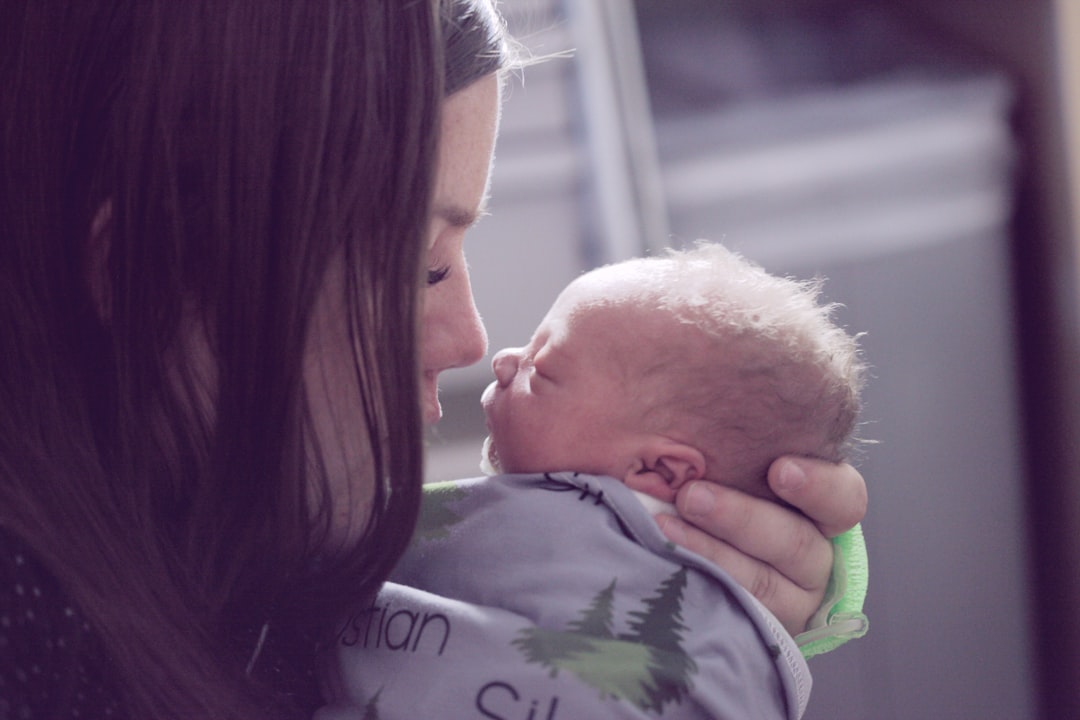What is it about?
Historically, the classification of physical ability of children with cerebral palsy, known as the Gross Motor Function Classification System (GMFCS), has been considered stable across all ages. This means once a child is assigned a level of function, it is not likely to change. However, this study examined the classification system’s stability in the two to four year age band and found nearly half of the children were reclassified. A majority of the children were reclassified to an improved ability of motor function.
Featured Image
Why is it important?
Currently, standard practice is to provide a GMFCS level at age two. This is the first study to substantially examine the stability in children from two to four years, and the findings highlight less stability in this range than at older ages. This suggests a review of the standard practice, or at very least, suggests caveats for potential change when coaching caregivers. This study is timely as there is a growing impetus to diagnose cerebral palsy at younger ages.
Perspectives
As a clinician working closely with caregivers of children with cerebral palsy, I am often the first person to provide their child’s GMFCS level. The potential for change in gross motor function evidenced by this study allows for a shift in the conversation a clinician has with caregivers. Whereas, a stable classification system suggests the future trajectory of the child’s capabilities is fixed and known, with this new evidence, clinicians are able to offer hope for reclassification in some cases.
Amanda Wizinsky
Read the Original
This page is a summary of: Stability of the Gross Motor Function Classification System in children with cerebral palsy in the two to four year age band, Journal of Pediatric Rehabilitation Medicine, June 2023, IOS Press,
DOI: 10.3233/prm-220106.
You can read the full text:
Contributors
The following have contributed to this page










